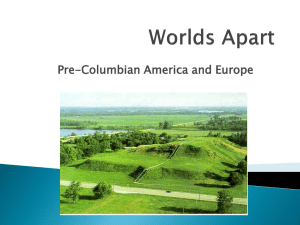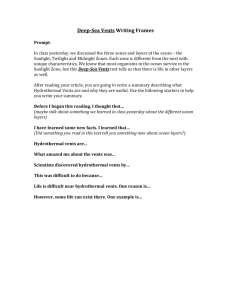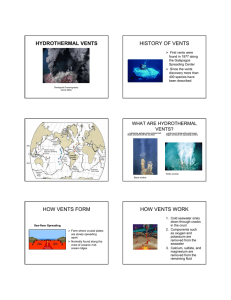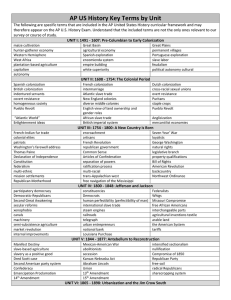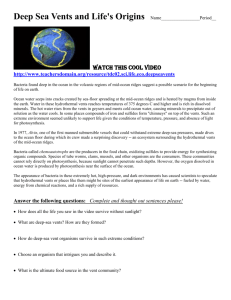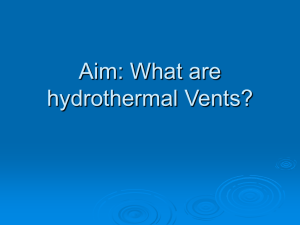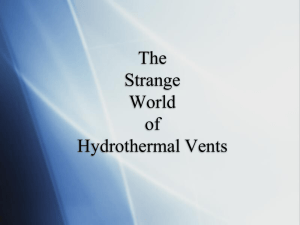Abiotic and biotic processes during colonization
advertisement
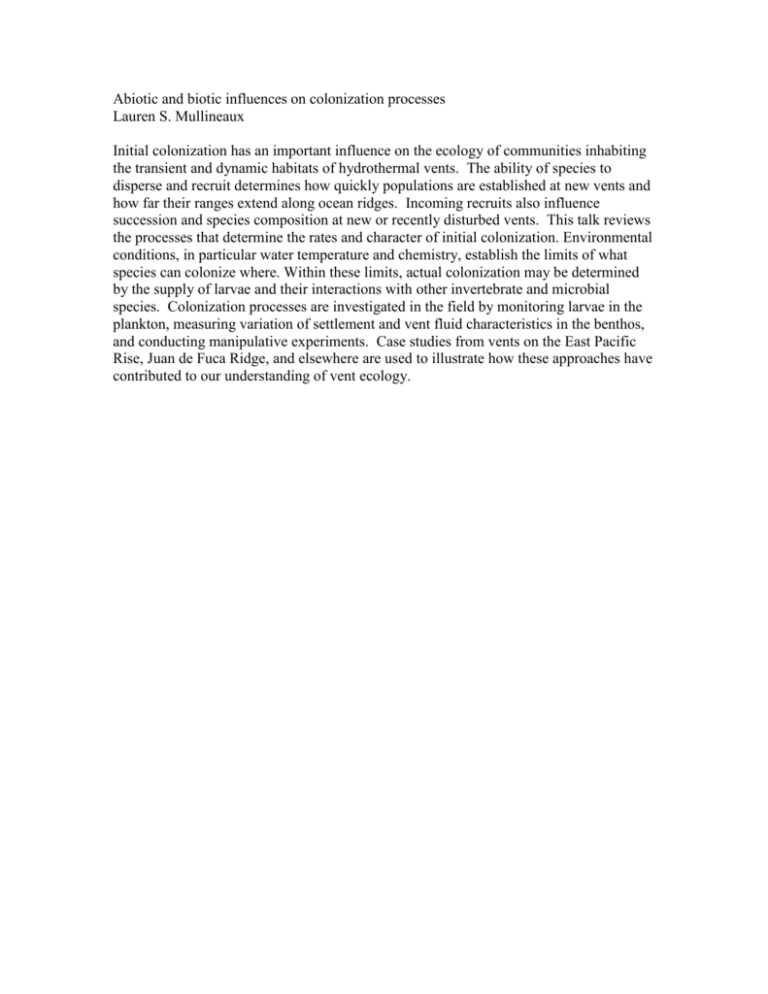
Abiotic and biotic influences on colonization processes Lauren S. Mullineaux Initial colonization has an important influence on the ecology of communities inhabiting the transient and dynamic habitats of hydrothermal vents. The ability of species to disperse and recruit determines how quickly populations are established at new vents and how far their ranges extend along ocean ridges. Incoming recruits also influence succession and species composition at new or recently disturbed vents. This talk reviews the processes that determine the rates and character of initial colonization. Environmental conditions, in particular water temperature and chemistry, establish the limits of what species can colonize where. Within these limits, actual colonization may be determined by the supply of larvae and their interactions with other invertebrate and microbial species. Colonization processes are investigated in the field by monitoring larvae in the plankton, measuring variation of settlement and vent fluid characteristics in the benthos, and conducting manipulative experiments. Case studies from vents on the East Pacific Rise, Juan de Fuca Ridge, and elsewhere are used to illustrate how these approaches have contributed to our understanding of vent ecology.


